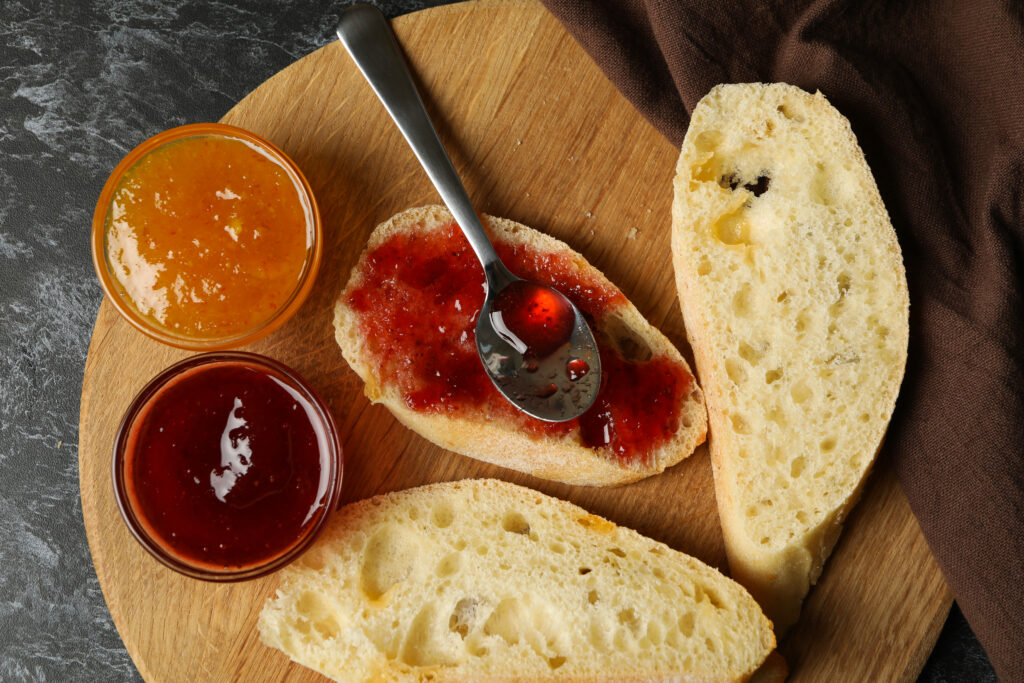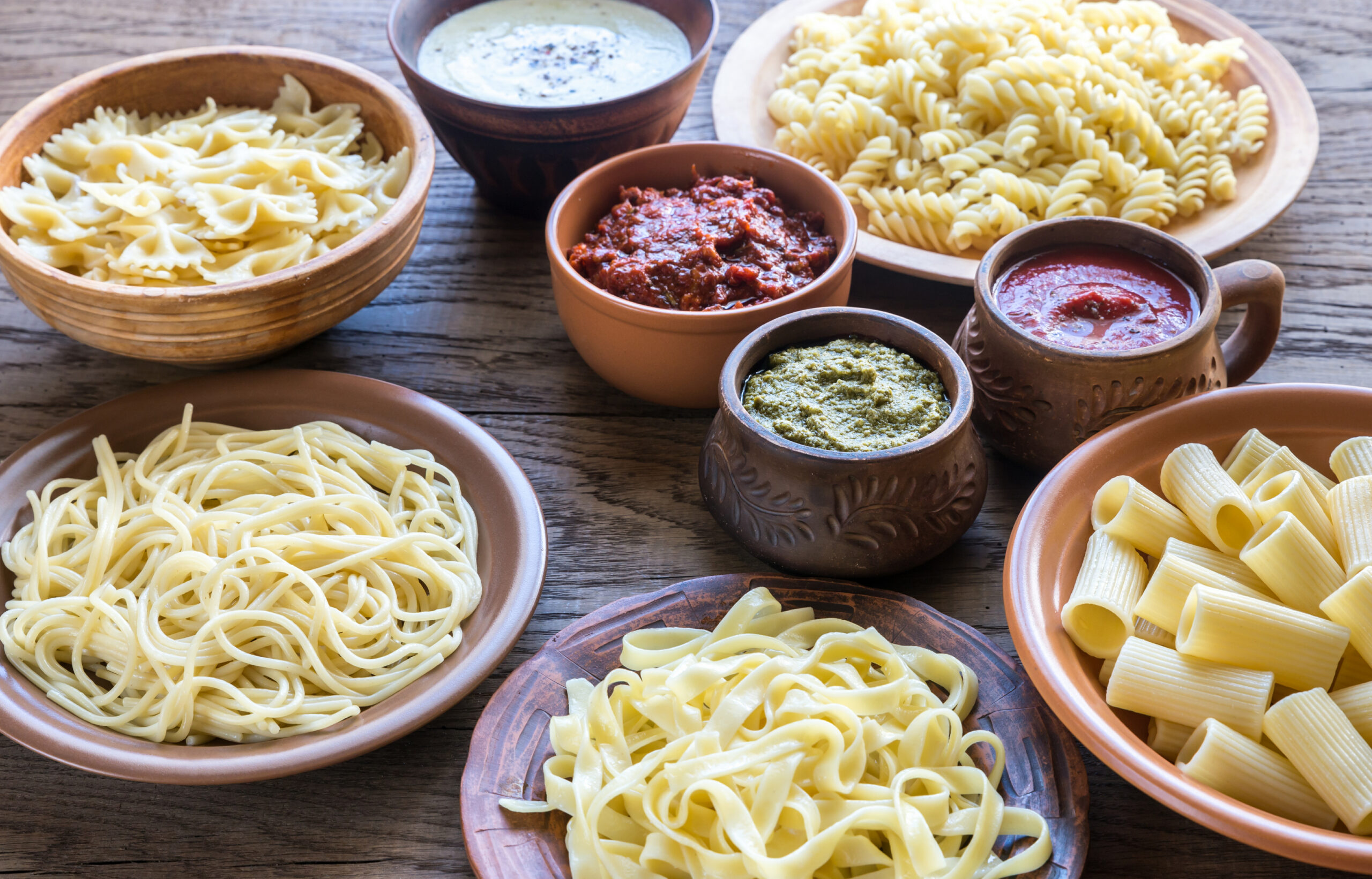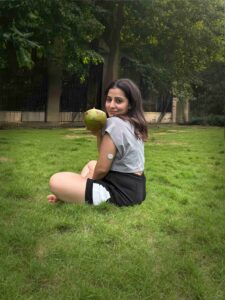Hey friends, it’s Krishika Agicha—your wellness explorer here!
Today, I ran a delicious experiment that left me both surprised and a little sugar-shocked.
I compared two of my go-to comfort foods: a simple white pasta dish and a classic slice of bread with jam.
Both felt equally satisfying, both were in the same portion size… but one caused a massive glucose spike. Want to guess which one it was?
Watch the full reel here:
Instagram Video Reference
Let’s unpack the results and what I learned using Real-Time Glucose Monitoring.
1. The Setup: Same Calories, Different Curves
For the experiment, I ate:
- 1 bowl of plain white pasta (about 50g carbs)
- 2 slices of white bread + 2 tsp mixed fruit jam (also ~50g carbs)
Both had similar calories and carb loads. But thanks to my glucose monitoring device, I could track in real time how my body responded.
The result?
- ➡️ Bread & Jam spiked my glucose to 160 mg/dL within 30 minutes.
- ➡️ Pasta only took me up to 130 mg/dL.
Even though they had the same quantity of carbs, the glycemic index (GI), fat content, and digestion speed played a massive role.
This is the beauty of Real-Time Glucose Monitoring—you don’t have to guess. You get real data that speaks to your body’s unique response.
2. Why Did Bread & Jam Spike More?

Let’s break it down:
- Jam is essentially pure sugar, which enters the bloodstream very fast.
- White bread has a high GI and is quickly broken down.
- There’s little to no fat or fiber to slow down glucose absorption.
In contrast, pasta—even white pasta—has more starch and is digested more slowly. It’s not just about how is blood glucose monitored—it’s about how your body metabolizes different types of carbs.
This experiment reinforced the importance of looking beyond just carb numbers. That’s what continuous glucose monitoring India tools have helped me understand on a personal level.
3. Smart Tips for Balanced Meals (From My CGM Learnings)
Here are a few lessons I apply regularly now:
- ✅ Always combine carbs with protein and fat—for example, add nut butter to bread or pair pasta with veggies + paneer.
- ✅ Avoid eating refined sugars alone, especially in the morning.
- ✅ Use a glucose control solution like walking post-meal, drinking apple cider vinegar before high-carb meals, or using a CGM device to learn your patterns.
This isn’t just for people with diabetes. These tips for effective glucose tracking and healthy living are for anyone looking to manage energy, weight, or mood.
CGM = My Personal Health Coach
I used the best glucose monitor in India (more on that in another post) to conduct this experiment. The continuous glucose monitoring device price in India has become much more accessible, and the data you get is priceless.
Whether you’re curious about how to measure glucose level, or you’re serious about Lifestyle Management, I can’t recommend Real-Time Glucose Monitoring enough.
Want More Experiments Like This?
I share these snack swaps, CGM data, and real-life reactions on Instagram regularly.
👉 DM me @GlucoGal if you want help picking a CGM or want my free Glucose Spike Tracker template to start mapping your own food experiments.
For even more real-time insights, practical swaps, and healthy living solutions, follow me on:
Instagram, YouTube, LinkedIn, and Facebook.
Final Thoughts: Quantity ≠ Impact
This experiment showed me that it’s not just about how much you eat—it’s about what you eat and how it’s combined.
Bread and jam might seem innocent, but in the glucose world, they’re little sugar grenades.
Pasta, surprisingly, was the more stable choice—but I’d still add protein or fiber next time for better balance.
With a little help from my CGM and a lot of curiosity, I’m learning how to live smarter, not stricter.
So tell me—what food should I test next?



